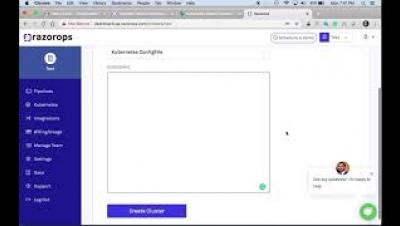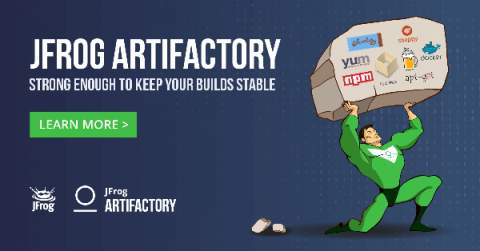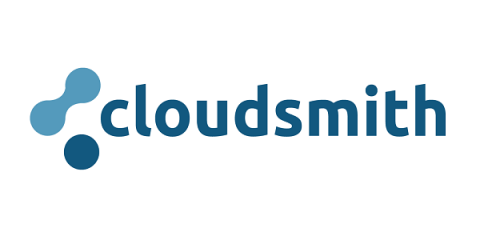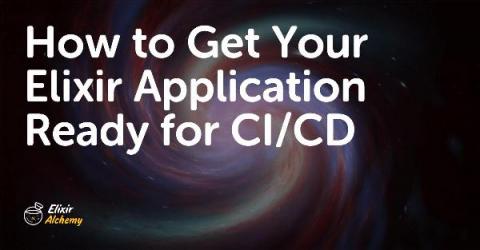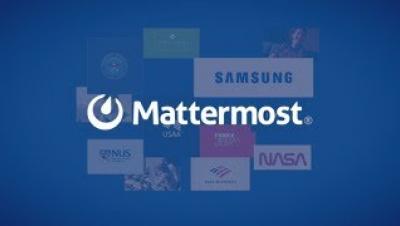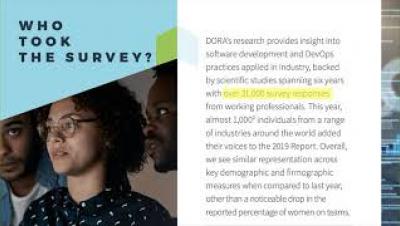Operations | Monitoring | ITSM | DevOps | Cloud
CI CD
The latest News and Information on Continuous Integration and Development, and related technologies.
Part II: Artifactory as a Caching Mechanism for Package Managers
In our previous blog post we discussed the challenges with relying on external servers for downloading pre-build tools such as Curl, CLI, wget, Maven, Gradle, npm and others. We discussed how they can sometimes cause stability issues, also called “Environmental Issues”, that will break the build.
We're Making The Cloud Faster With Local Storage And Edge Caching
We’ve been busy over the last week rolling out new product features that make the cloud feel and perform as if it was right there in the building with you - specifically geographic storage and edge caching.
Razorops: Container Native CI/CD Solution.
Razorops live meetup demo
Did We Lose Something With The Adoption Of Containers? And Can We Get It Back?
As developers, we need to get back to being diligent - and consistently diligent - about questions of security, provenance, reliability and availability when it comes to packages and dependencies.
Cloudsmith Launches World's First Private Dart Repository Service
The promise of Cloudsmith is simple. We ensure development teams have access to the packages they need, when they need them. And we do that through a private, cloud-based repository that can help shield the business from malware, security and licensing concerns related to the use of third party software packages, whilst giving you total control over access to your own packages.
How to Get Your Elixir Application Ready for CI/CD
In today’s post, we’ll go over what continuous integration and continuous delivery are, the benefits that come along with employing CI/CD, and some best practices that you should follow. We’ll also explore a wide array of Elixir ecosystem tools that can help you create top-notch CI pipelines. In order to experiment with a handful of the tools that we will be discussing, we’ll use a Git hooks Elixir library to execute our CI/CD validation steps, but on our local machine.


